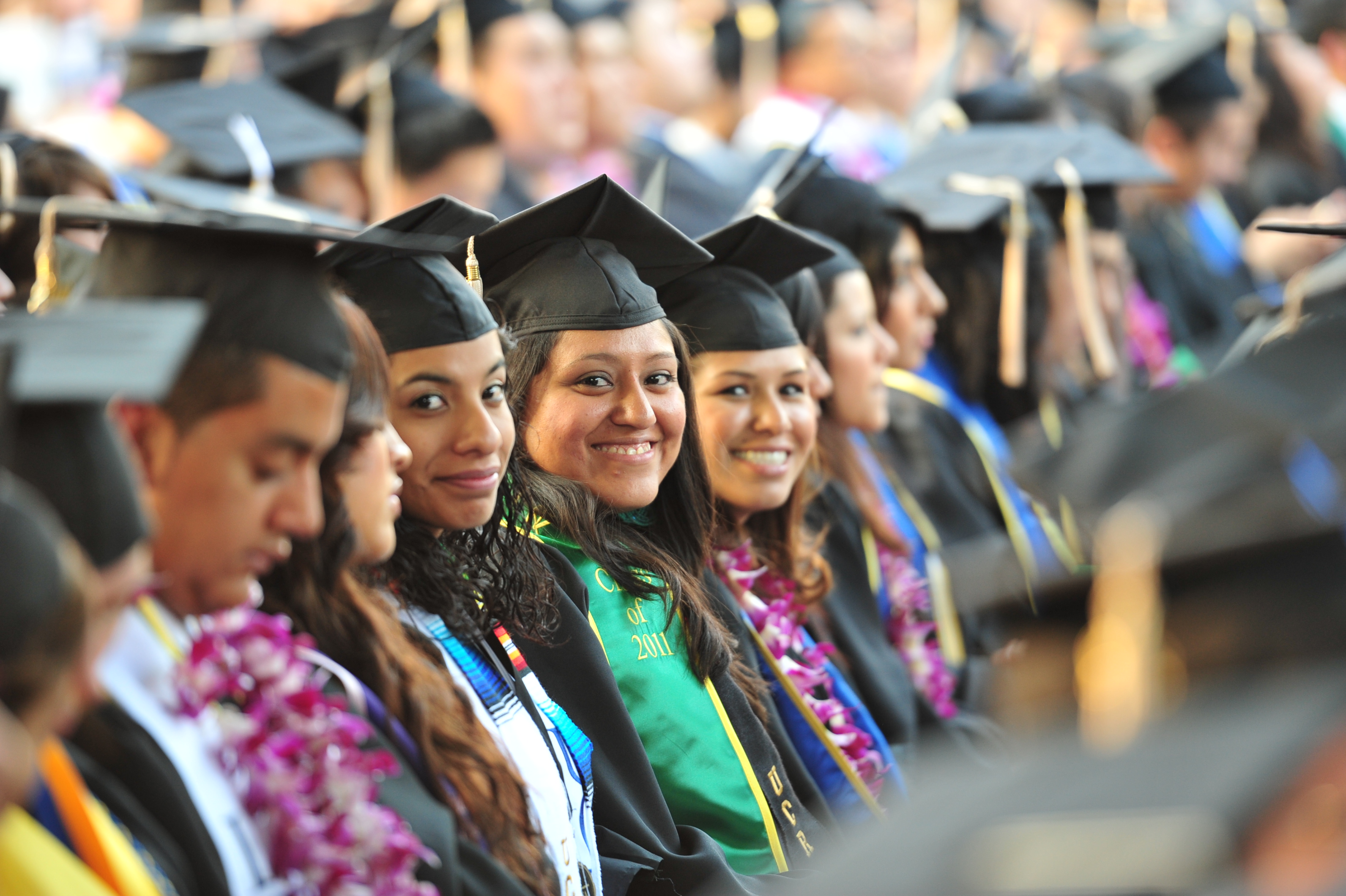A recent report elaborated by “
Third Way”, a center-left public policy and politically oriented think tank, presented the results of a new method for assessing the degree of socioeconomic mobility that institutions of higher education in the United States provide low- and middle-income students.
The analysis finds that ten public universities in California, New York and Texas, those that serve the highest percentage of Latino students in these states, lead among those that offer the greatest opportunity for long-term socioeconomic mobility.
The institute’s senior fellow, Michael Itzkowitz, indicated the reasons for the research: “With another college rankings season officially under our belts, an age-old question persists: Do college rankings actually reflect the purpose of our higher education system? Or do they just reproduce existing inequities by rewarding the same wealthy, selective schools that primarily serve students who were already set up for success?”
The metric commonly used to understand how universities are serving low- and middle-income students, the PEP (price-to-earnings premium metric), measures the recovery time of student spending relating to the benefits these students derive from attending the institution. However, according to Itzkowitz, “historical prestige tends to outweigh student outcomes in the most popular rankings, resulting in the same highly selective and well-resourced schools getting shuffled around the best colleges lists year after year. And instead of questioning why these schools don’t admit their fair share of low-income students or students of color, these rankings continue to reward schools based on how many students they exclude—not how many they truly serve”.
Data shows that 10 public and private universities in the ranking of the highest “PEP” scores that are considered highly selective enrolled just over 15,000 low- and middle-income students with the assistance from the Federal Pell Grant in the last year.
The “Third Way” report explains that “instead of prioritizing reputation and selectivity, we propose a new rating system known as the Economic Mobility Index (EMI) that attempts to answer the question: ‘If the primary purpose of postsecondary education is supposed to be to catalyze an increase in economic mobility, which schools are succeeding in that goal?’.”
Based on this recent metric, the ranking of the top 10 universities in terms of economic mobility (EMI) enrolled six times more Pell Grant recipient students, that is, more than 95,000 in one year. In addition, still based on this metric, six state universities in California and four public universities, two in New York and two in Texas, are at the forefront in the work of promoting the economic mobility of low- and middle-income students. Thus, not only do these institutions concentrate the largest number of low- and middle-income students, but also their qualitative reach is much greater.
All these universities are also institutions serving the Latino or Hispanic community (HSIs), and at least 25% of the students are represented by this population. According to the report, “this is likely due to several factors, including that each of these states have large shares of low-income students enrolled in higher education and have generous state funding that allows public four-year colleges in these states to be some of the most affordable options”.
The report mentions that students who graduate from these universities are more likely to recoup their educational costs in two years or less.
For access to the full report,
visit.
 latinalista.com
latinalista.com











